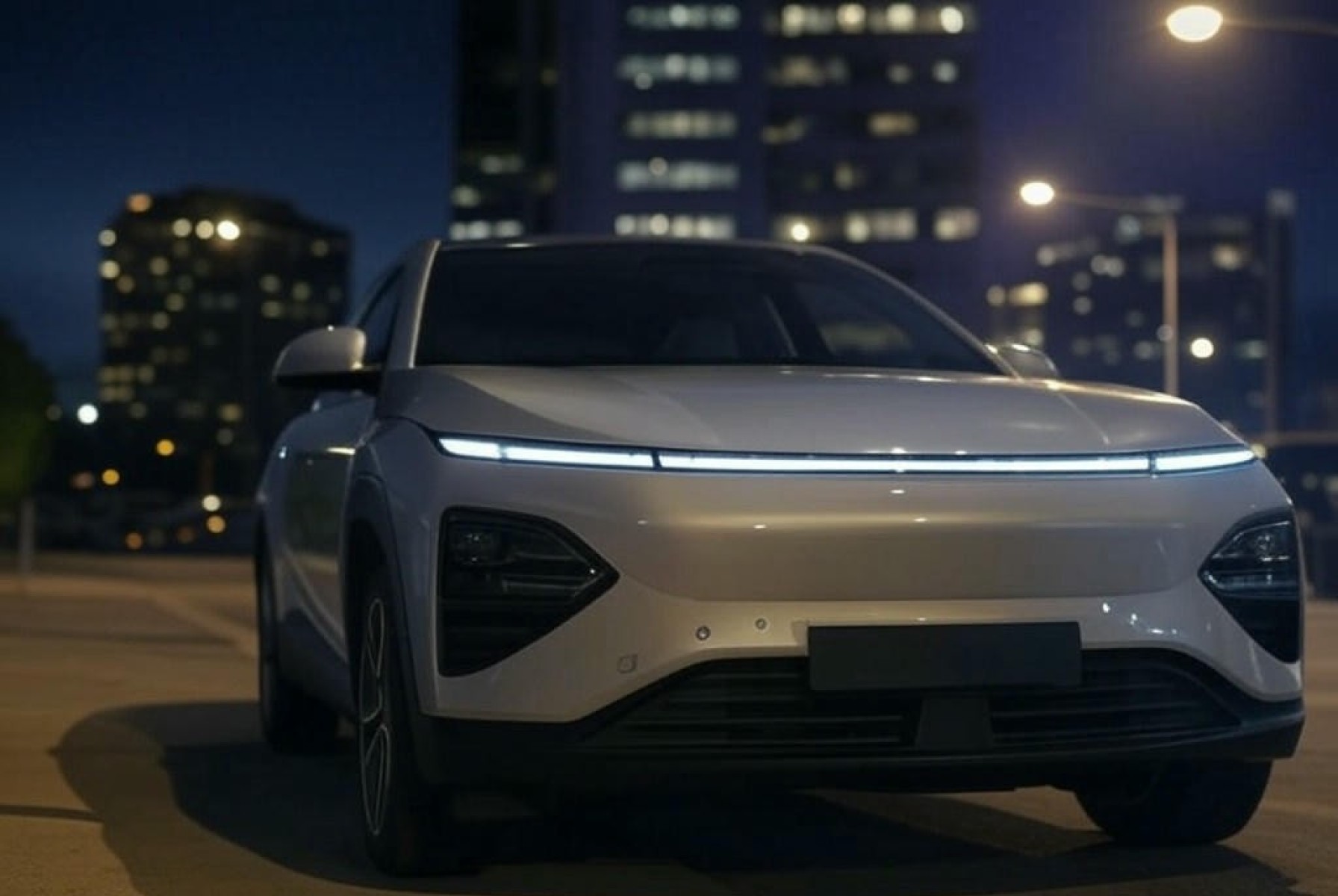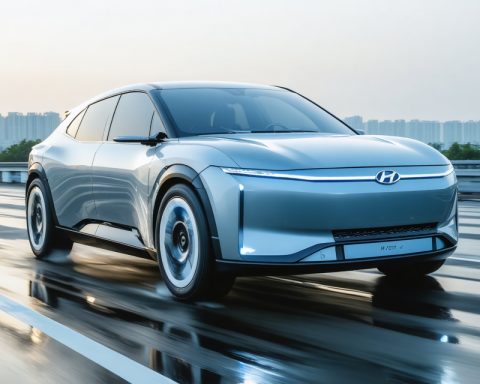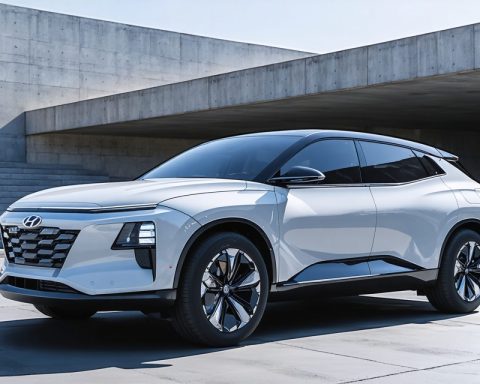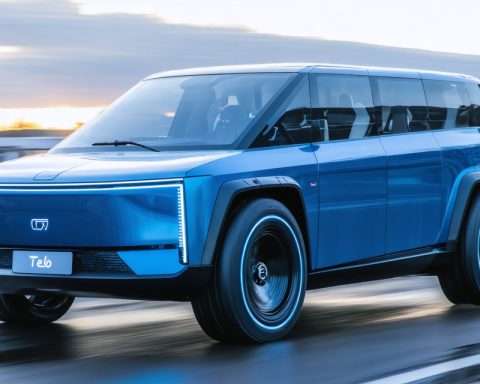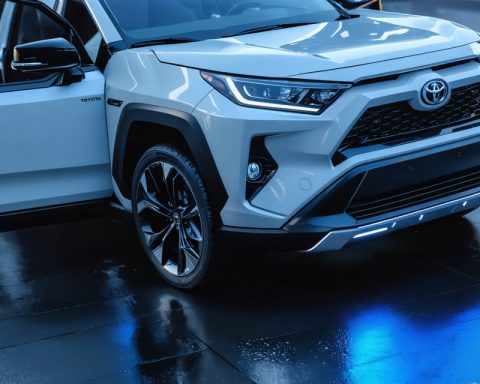- Electric vehicles (EVs) surged in 2024, with battery capacity increasing by 25%, marking a shift toward cleaner, more efficient transportation.
- The EV sector utilized 1.76 million tonnes of critical materials like graphite, lithium, nickel, cobalt, and manganese, highlighting both potential and challenges.
- Despite a 44.5% drop in the market value of battery materials to $14 billion, the deployment volume indicates growing demand for these metals.
- Automakers adopt diverse strategies: BYD’s cost-effective LFP batteries reduce costs, while Tesla’s high-performance cells increase costs.
- General Motors grapples with high battery material costs per EV, unlike Toyota, which uses NiMH batteries for lower costs.
- Extended-range electric vehicles (EREVs) gain traction, with brands like Li Auto and Ford exploring NCM chemistries for longer travel.
- Future EV success depends on innovation, strategic resource management, and cost-efficient production for greener and affordable mobility.
Electric vehicles have raced to the forefront of the global automotive stage, lighting up 2024 with a thrilling surge of electrification that promises to reshape the future of transportation. This leap, powered by ever-expanding battery capacity, saw a striking addition of 865.5 GWh to the world’s electric car pool—a staggering 25% increase from 2023. Such momentum signals a decisive shift towards cleaner, more energy-efficient mobility.
At the heart of this electrifying growth lies 1.76 million tonnes of essential materials pouring into the market: graphite, lithium carbonate equivalent (LCE), nickel, cobalt, and manganese. This cocktail of critical elements underscores both the potential and challenges facing the EV sector, as battery manufacturers strive to balance sustainability with technological advancement.
Despite the buzz surrounding EV batteries, the financial landscape remains nuanced. The total market value for battery materials fell 44.5% to $14.0 billion in 2024, due to softening prices for lithium, nickel, and cobalt. Yet, the sheer volume of battery deployment marks a watershed moment, pointing to an inexorable rise in demand for these metals.
Diverging strategies among automakers illustrate the evolving dynamics of battery technology. BYD, with its cost-savvy in-house lithium-iron-phosphate (LFP) batteries, cleverly outmaneuvered Tesla by cutting material costs by $1 billion, despite selling 2 million more EVs. In striking contrast, Tesla’s commitment to high-performance cells resulted in a hefty $1,152 average material cost per vehicle, quadrupling that of BYD.
General Motors stands at another extreme, wrestling with $1,702 in battery metals costs per EV, despite material price drops. Meanwhile, Toyota chose a different path altogether, betting on conventional hybrids with compact nickel-metal-hydride (NiMH) batteries, keeping costs to an astoundingly frugal $185 per EV.
The allure of extended-range electric vehicles (EREVs) is tantalizing more automakers, blending combustion engines with cutting-edge battery tech for longer journeys. Brands like Li Auto and the Seres Group are pioneering this field. EREVs, often favoring high-energy-density nickel-cobalt-manganese (NCM) chemistries, are drawing attention beyond China as Ford, Stellantis, Hyundai, and Mercedes-Benz contemplate their own entries into this promising sector.
The road ahead for electric vehicles is paved not just with innovation but also with the need for strategic resource management and cost-efficient production. As battery technologies advance and the market continues to adapt, the potential for achieving greener, more affordable, and enduring electric mobility becomes ever more tangible. This movement heralds a pivotal transformation—not just in how we drive, but in the very fabric of our industrial ambitions.
The Surging Wave of Electric Vehicles: What You Need to Know for 2024 and Beyond
EV Industry Trends and Market Insights
The electric vehicle (EV) industry is accelerating at an unprecedented pace, with 2024 marking a year of significant growth and transformation. The sector is undergoing a major shift, driven by increased battery capacities and a surge in demand for sustainable transportation options. Below, we delve into lesser-explored aspects of this trend, offering insights into market forecasts, industry dynamics, and the evolving landscape of battery technology.
Expanding EV Production and Materials Demand
1. Surge in Battery Production Capacity:
The recent 25% increase in global battery capacity, representing an addition of 865.5 GWh, highlights the industry’s commitment to scaling up EV production. This growth is supported by the extensive use of critical materials such as graphite, lithium carbonate, nickel, cobalt, and manganese.
2. Shifting Market Values:
Despite advancements, the total market value for these battery materials has seen a decline of 44.5% to $14.0 billion in 2024. This drop can be attributed to decreased prices for key raw materials, such as lithium, nickel, and cobalt. However, the substantial volume of battery production indicates a persistent demand for these elements.
Diverging Strategies Among Automakers
1. Cost-Effective Solutions:
BYD’s strategy to use in-house lithium-iron-phosphate (LFP) batteries has allowed the company to reduce material costs significantly, surpassing Tesla in EV sales while maintaining lower expenses. This cost-effective approach illustrates the potential for alternative battery chemistries to impact market dynamics dramatically.
2. High-Performance Challenges:
Conversely, Tesla’s focus on high-performance battery cells has led to higher costs, averaging $1,152 per vehicle. This highlights the trade-off between performance and cost-efficiency in battery technology.
3. Hybrid Advancements:
Toyota’s focus on conventional hybrids using nickel-metal-hydride (NiMH) batteries yields a low production cost of $185 per vehicle. This approach emphasizes a different path towards sustainability, optimizing existing technologies for immediate cost benefits.
Growing Popularity of Extended-Range Electric Vehicles (EREVs)
1. Emerging Competitors:
New entrants like Li Auto and the Seres Group are pioneering the EREV market, appealing to consumers who value longer travel ranges. These vehicles often utilize high-energy-density chemistries, such as nickel-cobalt-manganese (NCM), broadening their appeal beyond China to global players like Ford, Stellantis, Hyundai, and Mercedes-Benz.
2. Competitive Landscape:
The increasing interest in EREVs underscores a diversification in EV offerings, catering to a broader range of consumer needs and preferences.
Challenges and Considerations
1. Sustainable Sourcing and Production:
The demand for indispensable materials raises concerns about sustainable mining practices and the environmental impact of production processes. Automakers are urged to consider eco-friendly solutions.
2. Resource Management:
Efficient resource management strategies are essential to mitigate the challenges associated with fluctuating raw material prices and supply chain vulnerabilities.
Recommendations for Consumers and Investors
1. Consider Cost vs. Performance:
Consumers should weigh the benefits of high-performance EVs against their cost and environmental impact, considering hybrid or EREV options for longer travel needs.
2. Monitor Industry Innovations:
Investors and industry stakeholders should keep a close eye on emerging battery technologies and alternative chemistries that promise to influence future market trends.
3. Advocate for Sustainability:
Supporting brands committed to sustainable practices can contribute to a greener automotive future, aligning consumer behavior with environmental goals.
For more insights into the evolving world of electric vehicles, visit Tesla and BYD to explore their innovations and strategic advancements. By staying informed and adaptable, stakeholders can navigate the fast-evolving landscape of the EV industry successfully.
